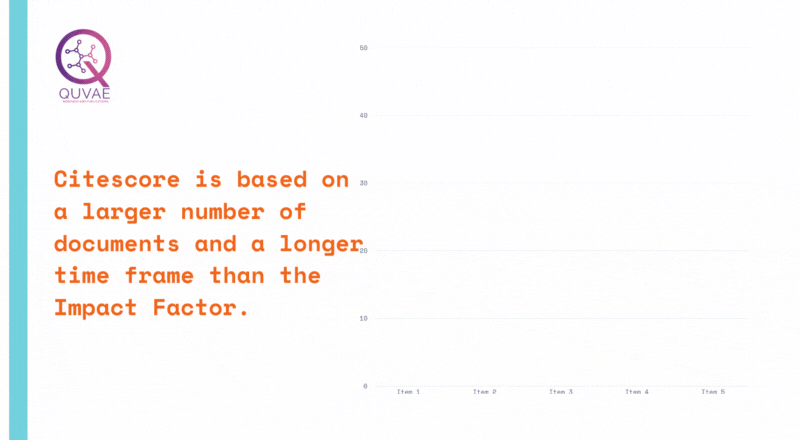CiteScore is a metric used in Scopus to measure the impact of academic journals. It is an alternative to the more well-known Impact Factor, which the Web of Science uses. CiteScore is gaining popularity to evaluate the quality and influence of scholarly journals. This article will exploring CiteScore in scopus and its significance, how it is calculated, and its significance for researchers and publishers.
What is CiteScore?
CiteScore is a metric that measures the average citations received per document published in a journal. It is calculated based on the citations received in the current year to documents published in the previous three years. For example, the 2021 CiteScore for a journal would be based on citations received for documents published in 2018, 2019, and 2020. The formula for calculating CiteScore is as follows:
CiteScore = Citations in the current year / Documents published in the previous three years.
CiteScore is similar to the Impact Factor in measuring a journal’s influence. However, CiteScore considers a more significant number of documents and a longer time frame than the Impact Factor, making it a more comprehensive and accurate metric for evaluating a journal’s impact.

How is CiteScore calculated?
CiteScore is calculated by Scopus, a bibliographic database of research publications owned by Elsevier, a publishing company that specializes in scientific, technical, and medical content. Scopus uses its database of publications to calculate CiteScore for each journal. The database includes over 21,000 journals from more than 5,000 publishers.
Scopus first identifies all the documents published in a journal in the previous three years to calculate CiteScore. This includes articles, reviews, conference papers, and other documents. Scopus then counts the number of citations these documents have received in the current year. This gives the numerator of the CiteScore formula.
The denominator of the formula is the total number of documents published by the journal in the previous three years. This includes all the documents identified in the first step, as well as any other documents that may have been published by the journal during that time period. Once Scopus has both the numerator and denominator, it can calculate the journal’s CiteScore.
What is the significance of CiteScore?
CiteScore has several advantages over other metrics for evaluating the impact of academic journals. First, it is based on a larger number of documents and a longer time frame than the Impact Factor, making it a more comprehensive and accurate measure of a journal’s influence. Second, CiteScore is available for a larger number of journals than the Impact Factor, making it a more useful metric for researchers who are interested in a wider range of scopus indexed journal publication.


